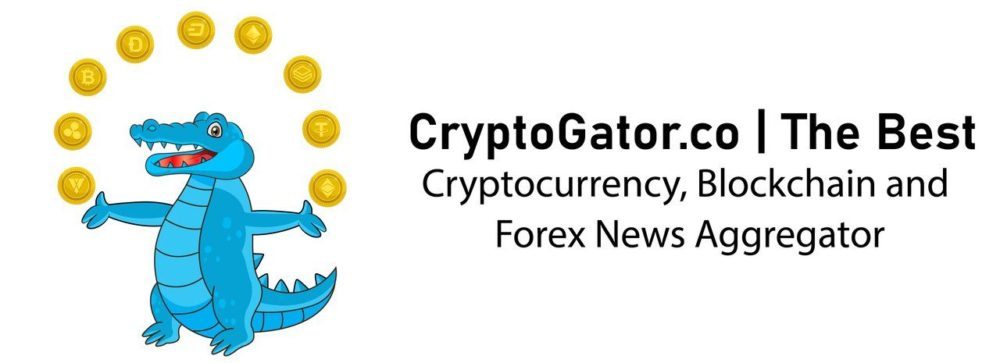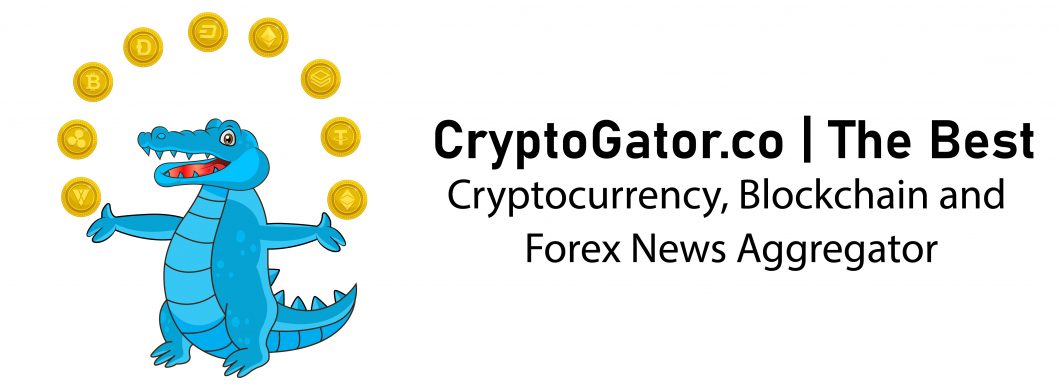<p>OKX, a
major crypto exchange formerly known as OKEx, has published an enhanced version
of its proof of reserves (<a href=”https://www.financemagnates.com/tag/proof-of-reserves/” target=”_blank” rel=”follow”>PoR</a>), showing $7.5 billion in assets. According to
the newest release, the platform is overcollateralized.</p><p>OKX Publishes New PoR</p><p>The reserve
ratio for <a href=”https://www.financemagnates.com/terms/b/bitcoin/” class=”terms__main-term” id=”261088a9-0f41-4202-a73c-31f75ba6bd93″ target=”_blank”>Bitcoin</a> and Ethereum reached 105% and 101% for USDT, according to an
audit conducted on 18 January 2023. OKX’s users hold a total of 117,682 BTC,
1,178,993 ETH and 2,955,696,824 USDT. </p><p>The latest
report came in as a response to an indicator prepared by CryptoQuant, which
measures the ‘cleanness’ of the reserves presented by exchanges. Cleanness
is defined as the level of dependence of an exchange on its native token.
CryptoQuant’s data shows that OKX’s funds are 100% clean, compared to Binance’s
87% and Huobi’s only 60%.</p><p>According</p><p>to Haider Rafique, OKX’s Chief Marketing Officer, the exchanges will track each</p><p>other’s PoS in the coming months, ultimately leading to improvements in their</p><p>quality and transparency. The exchange plans to publish an enhanced proof of</p><p>reserves report once a month to provide users with insight into the current</p><p>state of their funds.</p><p>Reserves
cleanness has become crucial at the moment due to the collapse of the
FTX exchange and its affiliated company Alameda Research. As has been
established, a sizable portion of Alameda’s financial balance sheet consisted
of FTT, the exchange’s native token.</p><p>Watch the recent FMLS22 panel on crypto market conditions and structure.</p><p>Proof of
Reserves Is a Must</p><p>Cryptocurrency
exchanges began implementing proof of reserves (PoR) last November. A PoR is an
independent third-party audit to confirm that a digital asset custodian
actually holds the assets it claims to have accumulated in its reserves to
secure customer deposits.</p><p>In
December, the Crypto.com <a href=”https://www.financemagnates.com/terms/e/exchange/” class=”terms__secondary-term” id=”b5da6e64-2afe-421d-9b81-16404b7d59d6″ target=”_blank”>exchange</a> published its PoR audit. Similar to OKX, <a href=”https://www.financemagnates.com/cryptocurrency/cryptocom-releases-audited-proof-of-reserves/” target=”_blank” rel=”follow”>the
platform is overcollateralized</a> with an asset-reserve ratio of 102% for BTC,
101% for ETH and 102% for USDC. In addition, the platform allowed its users to check
their assets independently.</p><p>In the same
month, <a href=”https://www.financemagnates.com/cryptocurrency/bitget-shares-proof-of-reserves-launches-merkle-validator/” target=”_blank” rel=”follow”>Bitget exchange presented its PoR</a>, putting the ‘Merkle
Validator’ tool in the hands of users. With its help, traders can audit
their own accounts and check the safety of their funds.</p><p>One of the
first to present proof of reserves <a href=”https://www.financemagnates.com/cryptocurrency/binance-launches-proof-of-reserves-for-btc/” target=”_blank” rel=”follow”>was the Binance exchange</a>. It released a PoR
report for Bitcoin in November, implementing it for the other major tokens in
the following weeks, including its native token BNB and stablecoin BUSD.</p><p>Liabilities</p><p>However,
there has been a lot of criticism in the industry suggesting that PoRs do not
necessarily show an accurate picture of a company’s financial health. A Proof
of Reserve is just a snapshot, a momentary record of an asset’s condition.
Therefore, before it is executed, the exchange may transfer funds so that the
values check with deposits.</p><p><a href=”https://twitter.com/jespow/status/1596227031637045248″ target=”_blank” rel=”nofollow”>According
to Jesse Powell</a>, the CEO of the cryptocurrency exchange Kraken, showing reserves
without showing the liabilities side of the balance sheet is pointless.</p><p>”The Merkle
Tree is just hand-wavey bullshit without an auditor to make sure you didn’t
include accounts with negative balances. The statement of assets is pointless
without liabilities,” he stated.</p>
This article was written by Damian Chmiel at www.financemagnates.com.



